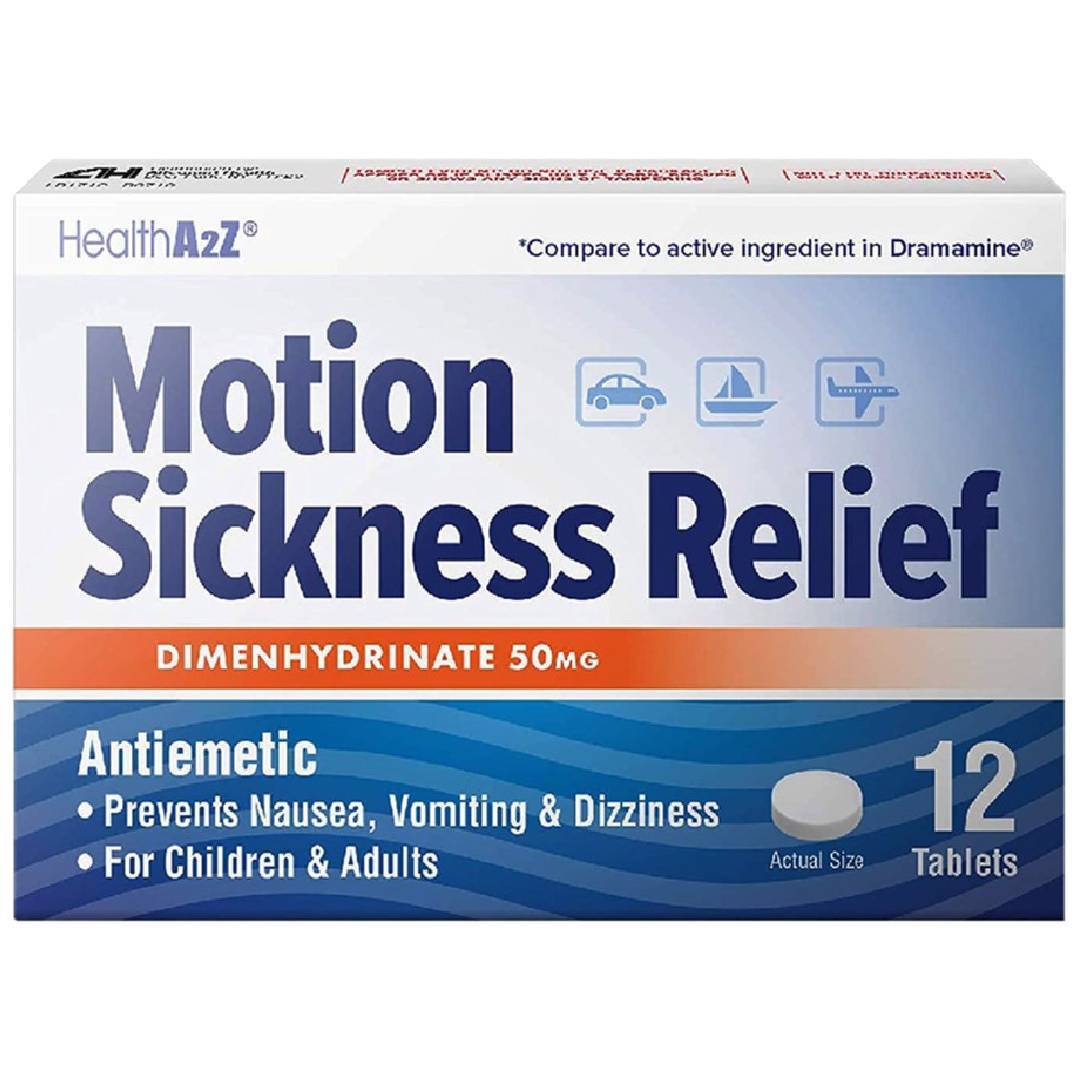

Additionally, nausea and vomiting may signal a drug-related adverse effect or disease process involving the gastrointestinal or central nervous systems that secondarily results in stimulation of the pathways contributing to nausea and vomiting. Not surprisingly, as nausea and vomiting is thought to be a response to possibly noxious substances, medications may be perceived by the body’s defense mechanisms as potentially toxic. It is likely that drugs produce nausea and vomiting through direct and indirect actions, with more than one mechanism of action for some agents. The exact mechanisms by which most medications produce nausea and/or vomiting are unknown. Medication-related vomiting is less common than nausea, and may be dose related, with nausea occurring at lower doses, progressing to both nausea and vomiting at higher therapeutic, or toxic doses. Symptom severity generally varies over time, and commonly decreases with continued use of a causative medication. Typically, MRNV is temporally associated with drug administration (e.g., symptoms occur with, or are shortly after drug ingestion, then diminish). Symptoms of MRNV may occur during initiation, continuation or discontinuation (due to withdrawal syndromes) of medications, and may occur continuously or intermittently. Concurrent gastrointestinal symptoms of dyspepsia (indigestion) or symptoms of acid reflux may also occur with MRNV, but are not the focus of this review.

Retching may accompany nausea and be a precursor to vomiting. For the purposes of this review, medication related nausea and vomiting (MRNV) is defined as the development of nausea, vomiting, or both which occurs secondary to the use of a medication. Medication related nausea and vomiting frequently interferes with successful drug therapy as well as patient quality of life. Indeed, nausea is listed as an adverse effect in FDA approved prescribing information (approved “package insert”) for most medications. Clinical experience strongly suggests that both nausea and vomiting may occur with almost any medication in an individual patient. Nausea is one of the most commonly reported side effects of medications. Policy of Dealing with Allegations of Research Misconduct.

Policy of Screening for Plagiarism Process.If you have a life-threatening condition or exhibit emergency symptoms such as acute chest pain or severe abdominal pain, please visit the A&E department or dial 995 immediately. Here is a list of conditions that our doctors can treat online and prescribe medications for: Generally, our teleconsultation services are suitable for mild, common symptoms and follow-up consultations for chronic conditions. This means that the medications we deliver are for conditions that can be diagnosed and treated online.

Homage’s medicine delivery services are available after a consultation with our doctor online. If you experience persistent nausea that doesn’t subside within 24 hours of over-the-counter intervention, have a severe headache, stiff neck, difficulty breathing, confusion, or are unable to eat or drink for more than 12 hours, consult a doctor. If you experience heart attack symptoms such as crushing chest pain, intense headache and jaw pain alongside nausea, call 995 immediately. If you need anti-nausea medication, you can consider having them delivered to your doorstep after a quick teleconsultation with our doctors.ĭo take note that nausea accompanied by other symptoms may be indicative of a more serious underlying health condition. Anti-nausea medication can prevent motion sickness and changes to diet and eating habits may help prevent nausea caused by dietary triggers. Nausea can usually be prevented by avoiding triggers. There are various causes of nausea, including medical conditions, medications, diet and motion sickness, and treatment depends on the underlying cause.


 0 kommentar(er)
0 kommentar(er)
